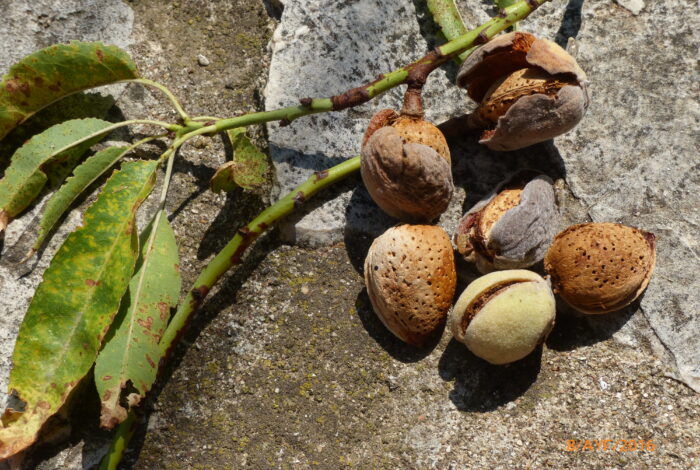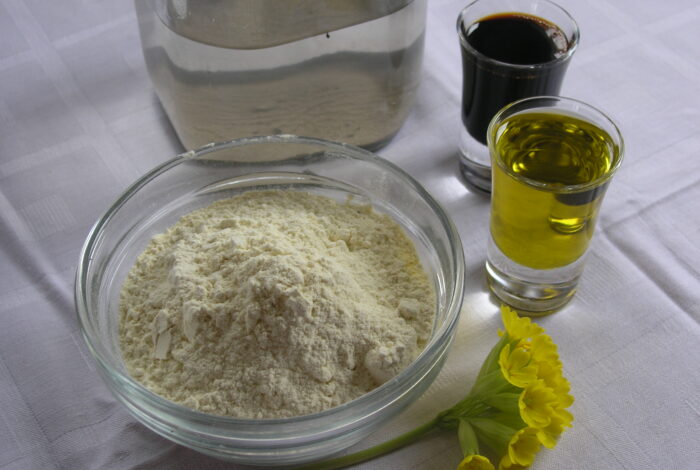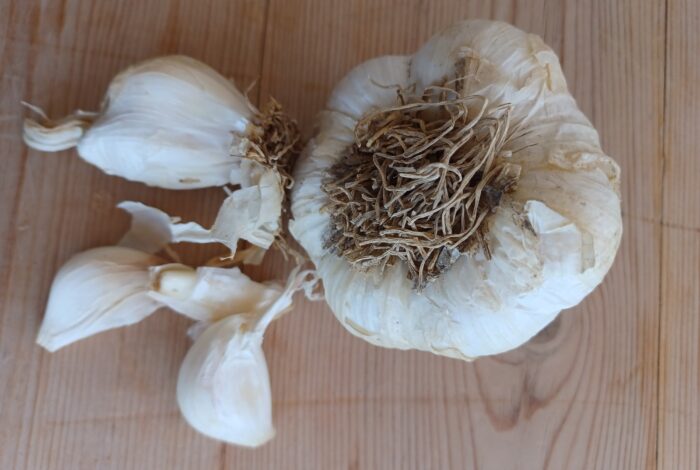Religious fasting has played a crucial role over the centuries in shaping Greek gastronomy, as its devout observance has always been an essential aspect of everyday life in Greece. The church calendar is filled with periods of fasting, which amount to 180 days for strict adherents.
The needs of the people, the abundance of local products, and their seasonality helped foster a wealth of flavours and cooking techniques suitable for fasting – techniques that are now a core part of Greek cuisine more broadly.
According to the Greek Orthodox Church, the faithful should abstain from meat, dairy, eggs and oil throughout the fast and instead consume plant-based foods such as vegetables, legumes, fruits and grains, as well as seafood.
These ingredients gave rise to a wealth of traditional fasting recipes that form the core of Greek cuisine, such as fasolada (navy bean soup), pies of various sizes filled with vegetables, dolmades with rice and vegetables, not to mention legumes such as lentils and chickpeas.
This is backed up by a truly vast variety of seafood dishes, whether served as appetizers – such as taramas (salted fish roe), octopus marinated in oil and vinegar, and saganaki-fried mussels – or as entrées, including cuttlefish with spinach, mussel pilaf and shrimp pasta.
Greek families have developed an enviable ability to transform simple ingredients into tasty, healthy dishes, using seasonal herbs and spices to bolster the food’s flavour. This is a vital aspect of Greek cuisine in general.
Fasting restrictions have also given rise to a wealth of dough-based sweets, such as Greek honey rolls (diples) and honey doughnuts (loukoumades), both served with honey and walnuts, as well as a variety of pasteli and halva, both intrinsically linked to Greek cuisine. Olive oil, which replaces animal-based fats even in sweets, has become a basic ingredient that infuses Greek recipes with its unique flavour.
While fasting may be associated with restriction and simplicity, the Greeks nevertheless found ways to liven up the flavours of the foods they consume during these periods. While people may not observe fasts quite as faithfully in the modern day, the love for certain Lenten delicacies continues to provide an opportunity for creativity and experimentation.










